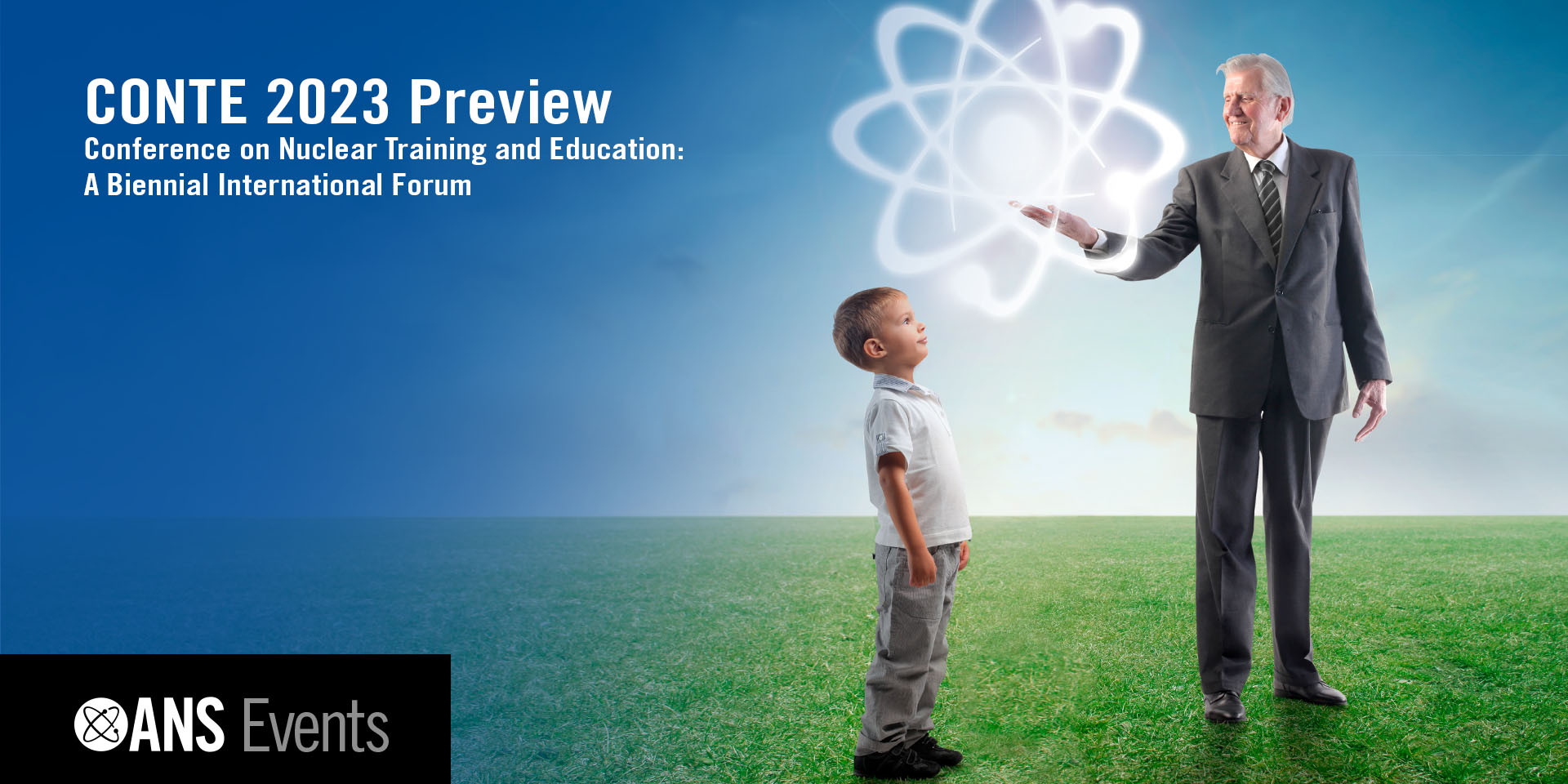Xcel Energy’s Monticello plant.
On December 20, 1951, EBR-I became the first power plant to produce usable electricity through atomic fission. It powered four 200-watt light bulbs and eventually generated enough electricity to light the entire facility. (Photo: DOE)
"At 1:23 p.m. load dissipaters from the generator were connected—electricity flows from atomic energy.” These were the words Walter Zinn wrote in the log after the first four light bulbs were illuminated by nuclear energy. The year was 1951, and the EBR-I was about to show the world what nuclear energy had to offer.
A rendering of ISP’s proposed interim storage facility in West Texas. (Image: ISP)
A federal appeals court rejected a lawsuit brought by environmental groups challenging the Nuclear Regulatory Commission’s licensing of a consolidated interim storage facility (CISF) for spent nuclear fuel in Andrews County, Texas. The U.S. Court of Appeals for the D.C. Circuit found that the NRC reasonably applied its hearing regulations when approving Interim Storage Partners’ (ISP) license for the facility.
A rendering of the BWRX-300 small modular reactor. (Image: GE Hitachi Nuclear Energy)
Wilmington, N.C.–based GE Hitachi Nuclear Energy and Canadian firms Ontario Power Generation, SNC-Lavalin, and Aecon announced this morning the signing of a contract for the deployment of a BWRX-300 small modular reactor at OPG’s Darlington nuclear site in Canada. According to the announcement, it is the first commercial contract for a grid-scale SMR in North America.
Nicholas Hawker of First Light Fusion and Ian Chapman of UKAEA. (Photo: UKAEA)
Ignition and net gain at Lawrence Livermore National Laboratory’s National Ignition Facility (NIF) in December 2022 focused global attention on the prospects of inertial fusion energy (IFE). First Light Fusion and the U.K. Atomic Energy Authority (UKAEA) acknowledged the achievement as they announced plans on January 25 to design and build a demonstration facility known as Machine 4 at UKAEA’s Culham Campus in Oxford, U.K., using First Light’s “projectile approach” to IFE. Construction is expected to begin in 2024, and operations are “likely to commence” in 2027.
The Diablo Canyon nuclear power plant.
The U.S. Nuclear Regulatory Commission announced January 24 that it will not resume its review of Pacific Gas & Electric’s withdrawn Diablo Canyon license renewal application. This decision is a new setback in the long-running effort to extend the life of the plant.
The ICP buried waste retrieval team successfully completed targeted TRU waste retrieval at the INL Site. The effort spanned 17 years and resulted in the exhumation of more than 10,000 cubic meters of buried TRU waste from 5.69 acres of the site’s Subsurface Disposal Area. (Photo: DOE)
The Department of Energy recently honored eight teams from its Office of Environmental Management (EM) with Secretary of Energy 2022 Achievement Awards. The awards recognized projects at the DOE’s Idaho, Savannah River, and Hanford sites, as well as a group of employees that revamped and expanded DOE-EM’s Minority Serving Institutions Partnership Program (MSIPP-EM). In addition, DOE-EM employees on crosscutting departmental teams received awards.
The awards were part of the DOE’s annual Honor Awards, the agency’s highest form of employee recognition for excellence and achievement.













 In a follow-up to
In a follow-up to 

